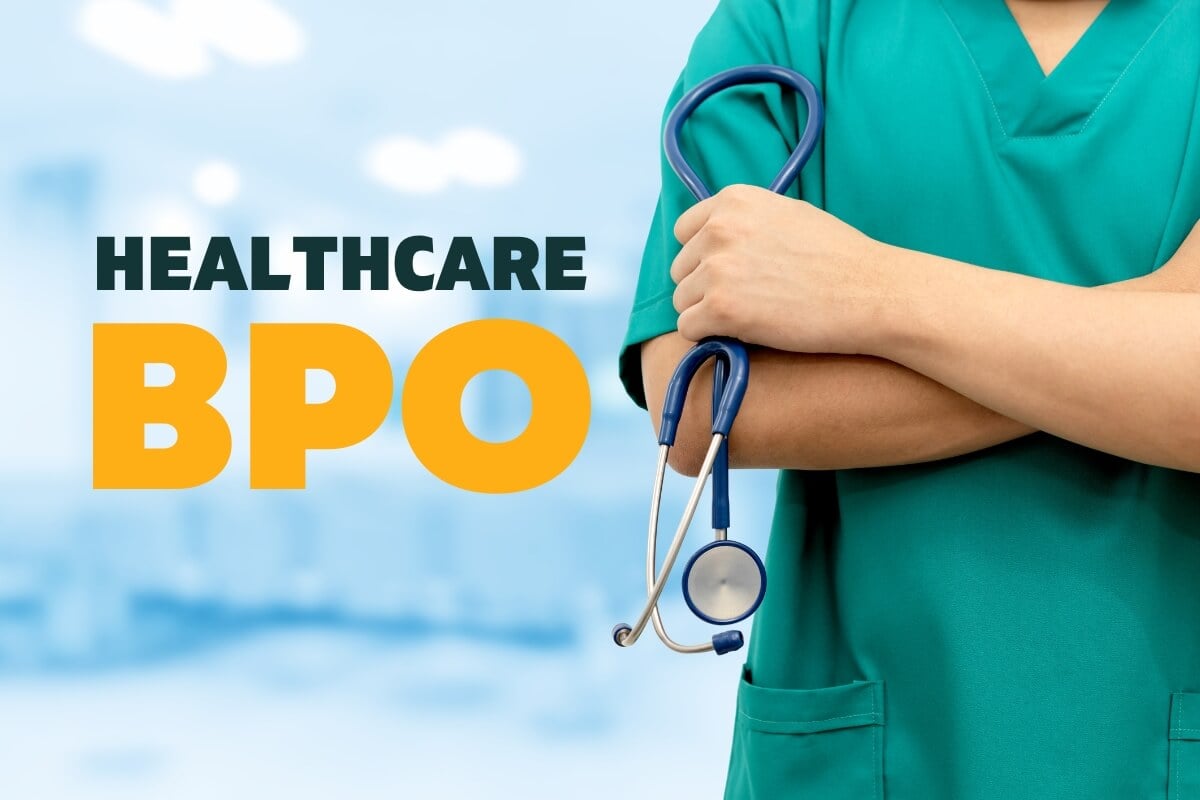Healthcare RCM: Enhance Income Cycle Administration for Better Results
Wiki Article
A Comprehensive Overview on Just How Medical Care RCM Functions to Improve Invoicing and Collections
Navigating the intricacies of health care income cycle management (RCM) is essential for suppliers intending to improve their invoicing and collections procedures. The overview unpacks the ins and outs of RCM, from person registration to accounts receivable management, offering insights right into enhancing each step.Recognizing Income Cycle Management
Comprehending the complexities of Income Cycle Management (RCM) is important for health care companies aiming to optimize their economic efficiency. RCM is a crucial management feature that incorporates the whole economic procedure of patient treatment, from the initial appointment setting to the last settlement of the balance. It is a complex procedure developed to identify, accumulate, and handle the revenue from the services supplied to people. Effective RCM ensures that medical care providers get precise and timely repayments, reducing the threat of income loss and improving capital.The RCM process starts when a person schedules a consultation and prolongs via the patient's care trip, including invoicing and collections. A crucial objective is to minimize the time in between receiving and offering a solution payment, hence boosting the organization's monetary health and wellness. RCM entails various functions such as client enrollment, insurance confirmation, charge capture, coding, declares entry, repayment posting, and handling charms and denials.
Trick Parts of RCM
In the realm of Earnings Cycle Management (RCM), recognizing its vital elements is fundamental to attaining financial efficiency within healthcare organizations. RCM is a thorough process that incorporates numerous phases, each important to ensuring effective billing and collections. The main parts include individual registration, insurance coverage confirmation, fee capture, coding, case entry, payment uploading, and accounts receivable management.

As soon as coded, cases are submitted to payers, where accuracy is critical to stay clear of delays or rejections - Healthcare RCM. Repayment posting includes videotaping the received payments, which enables the settlement of accounts. Last but not least, balance dues monitoring concentrates on monitoring and resolving unsettled cases, making sure timely follow-up and resolution
Each element of RCM is interconnected, and ineffectiveness in any component can disrupt the whole cycle. Consequently, mastering these components is necessary for medical care companies to maximize income and enhance their economic health.
Strategies for Efficient Payment

Systematizing payment treatments throughout the organization is one more crucial technique. Developing clear guidelines for documentation, coding, and entry assists maintain consistency and conformity with regulatory demands. Educating personnel regularly on these procedures guarantees everybody is updated with the most recent modifications in invoicing codes and payer policies.
Precise cost capture is vital in avoiding income leak. Executing regular audits and surveillance systems enables for the recognition and adjustment of discrepancies prior to they impact earnings. Additionally, preserving open lines of communication with payers assists to quickly solve any disputes or misunderstandings that might emerge.

Last but not least, engaging clients early in the invoicing procedure by providing clear estimates and educational products concerning their financial responsibilities can dramatically reduce confusion and boost settlement timeliness. These strategies collectively add to a much more reliable and economically healthy and balanced payment system.
Enhancing Collections Procedures
Provided the intricacies of medical payment and the variety of payer demands, boosting the collections procedure includes executing critical steps that make sure prompt and precise settlement of solutions provided. Automation tools can help in tracking claim conditions, sending out prompt pointers to people, and handling denials more efficiently.Clear and clear patient communications are vital. Offering comprehensive explanations of charges and supplying flexible repayment strategies can enhance individual satisfaction and timely payments.
Regular audits of the collections process ought to be carried out to identify areas for enhancement and make sure compliance with laws. By analyzing information, medical care organizations can recognize patterns, prepare for possible problems, and adapt techniques appropriately (Healthcare RCM). Ultimately, a well-enhanced collections procedure not only sustains financial health and wellness however also adds to a much more smooth experience for individuals and team alike
Optimizing Revenue Streams
Building upon the foundation of a strong collections process, health care companies can further bolster i thought about this their monetary security by tactically enhancing profits streams. This includes a multi-faceted method, beginning with a thorough analysis of existing profits sources to determine ineffectiveness and locations for growth. Using advanced data analytics tools enables organizations to get understandings right into payer mix, client demographics, and service use patterns, permitting for data-driven choices that enhance earnings capture.Executing automated billing find out systems can significantly minimize errors and speed up cases refining, making certain that revenue is accumulated extra effectively. Additionally, optimizing payer agreements via normal negotiations can enhance compensation rates and terms, straight impacting the lower line. Branching out solution offerings, such as including telehealth or wellness programs, can likewise bring in a wider client base, therefore enhancing earnings potential.
One more vital element is boosting person engagement and complete satisfaction, as completely satisfied people are a lot more likely to follow therapy strategies and make prompt settlements. Offering versatile payment alternatives and clear invoicing methods can enhance collections and foster client commitment. Healthcare RCM. By adopting these approaches, healthcare companies can produce a much more resilient financial structure, guaranteeing continual development and stability in an ever-changing sector landscape
Final Thought
In conclusion, health care Profits Cycle Management (RCM) plays a vital duty in maximizing billing and collections procedures by integrating key parts such as individual registration, insurance verification, fee capture, coding, declares submission, and balance due monitoring. By utilizing advanced innovation, standardizing procedures, and promoting person involvement, doctor can significantly minimize case rejections, speed up payment cycles, and enhance capital. This extensive strategy to RCM eventually results in enhanced economic effectiveness and sustainability for healthcare organizations.The RCM procedure begins when an individual schedules a consultation and prolongs via the patient's treatment journey, including billing and collections.One more critical element is boosting patient interaction and contentment, as satisfied clients are extra most likely to adhere to treatment strategies and make timely repayments. Providing versatile payment alternatives and transparent billing practices can enhance collections and foster client commitment.In final thought, health care Profits Cycle Management (RCM) plays a critical role in enhancing payment and collections procedures by integrating crucial parts such as patient registration, insurance confirmation, cost capture, coding, claims entry, and accounts receivable administration. By utilizing innovative innovation, systematizing treatments, and fostering like this person interaction, medical care carriers can significantly reduce insurance claim denials, speed up repayment cycles, and improve money circulation.
Report this wiki page